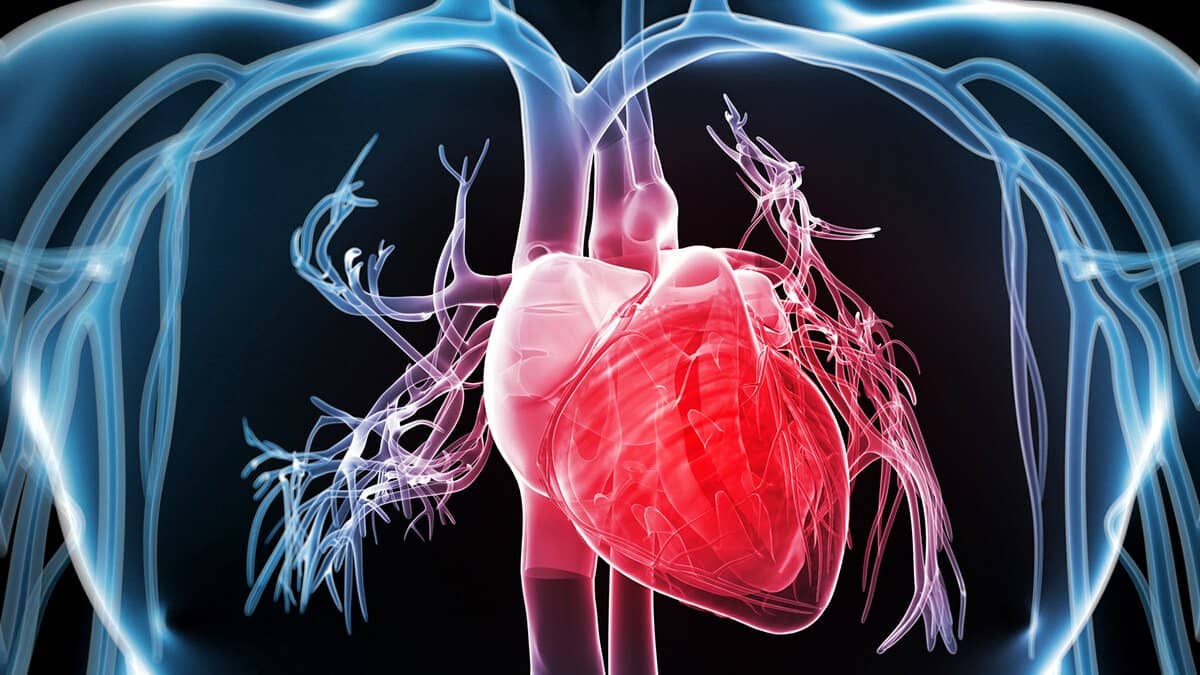
Understanding heart attack vs. stroke symptoms and early diagnosis of issues is critical in preventing a life-threatening health emergency. Knowing the difference and what to do if you ever experience any of these signs can increase your chances of survival. The healthcare professionals at Preventative Diagnostic Center share what you need to know.
How Are Strokes and Heart Attacks Different?
Heart attacks and strokes happen when there is a blockage in your blood vessels. This blockage affects the flow of blood to vital organs. Where the blockage occurs and the organs affected determines whether you’ve suffered a heart attack vs. stroke.
What Is a Stroke?
Strokes occur when the blocked artery interferes with blood flow to the brain. The brain tissue gets deprived of oxygen and begins to die.
What Is a Heart Attack?
A heart attack occurs when the blood supply to the heart is blocked. This blockage damages the heart muscle as it cannot receive the oxygen it needs to function correctly. Heart attacks can lead to irregular heartbeats (arrhythmia), weakening of the heart muscle, heart failure, and loss of life.
Get heart issues detected early with a heart CT Scan. Talk to one of our health professionals today to learn more.
What Are the Causes of Strokes?
There are two main types of strokes a person can suffer. Those are:
- Ischemic Stroke. Plaque buildup in the carotid artery or a blood clot¹ in an artery within the brain can result in an Ischemic Stroke.
- Hemorrhagic Stroke. A hemorrhagic stroke occurs when a blood vessel in the brain ruptures and blood seeps into brain tissue, causing brain damage. A Hemorrhagic stroke, caused by high blood pressure, puts additional stress on arteries.
There are many reasons for an ischemic or hemorrhagic stroke to occur, but here are some common culprits:
- High Blood Pressure – High blood pressure adds strain to the artery walls, whether related to smoking, stress, or obesity.
- Heart Disease – Clogged arteries, defective heart valves, or arrhythmia² caused by heart disease can interfere with blood flow.
- Diabetes – Diabetes can damage blood vessels, increasing your chances of a stroke.
- Genetics – Genetics can increase the chances of a stroke if high blood pressure, diabetes, or other genetic disorders run in the family.
- Medications – Some medications may increase the chances of a stroke.
- Weight – Being overweight can put additional stress on arteries and increase your chances of a stroke.
- Age – Anyone can have a stroke, but chances significantly increase with age.
Symptoms of a Stroke
A stroke blocks blood flow to the brain, which quickly causes brain cells to die. If you notice any of these symptoms, it may be the sign of a stroke:
- Dizziness or loss of balance
- Numbness/weakness on face or limbs (usually only one side)
- Trouble speaking or understanding what people are saying
- Blurriness in one or both eyes
- Severe headache
Related: Stroke Survival Rates
Causes of Heart Attacks
Heart attacks are caused by blocked coronary arteries (arteries that bring blood to the heart). Artery blockage occurs due to plaque buildup or a blood clot that affects blood flow to the heart.
Risk factors related to heart attacks can be inherited (genetic) or acquired (lifestyle).
Inherited Causes
- High Blood Pressure (hypertension)
- Low levels of HDL cholesterol
- High levels of LDL cholesterol
- High levels of triglycerides
- Heart Disease
- Type 1 Diabetes
- Coronary Artery Disease³
Acquired Causes
- Smoking
- Heavy alcohol use
- Stress
- Sedentary lifestyle
- Being overweight
- Diet high in saturated fat
- Type 2 diabetes
- High blood pressure
- Heart Disease
It’s important to note which causes you can control. If you are at risk for heart attacks, working to reduce acquired causes and dealing with inherited causes is the best way to reduce the likelihood of an artery blockage.
Symptoms of a Heart Attack
Over 1 million people have a heart attack⁴ every year. Knowing the symptoms and taking prompt action is key to increasing your chances of survival. Some signs to watch out for include:
- Chest pain or tightness
- Shortness of breath
- Pain in back, neck, or jaw
- Pain in shoulders or arm
- Fainting
- Dizziness or weakness
- Nausea or Vomiting
- Gut discomfort that feels like indigestion or heartburn
- Sweating or cool, clammy skin
RELATED: The Cost of a Heart Attack
Preventative Care for Cardiovascular Health
Being aware of genetic factors and implementing a healthy lifestyle is very important in reducing your risk of a stroke or heart attack. The best prevention is to get regular health check-ups and talk with your doctor about lifestyle changes that may reduce the likelihood of a heart attack, stroke, or other cardiovascular diseases. Your healthcare provider may recommend a preventative CT scan to help you stay on top of your cardiovascular health.
Contact us for more information about our heart CT scan and calcium score to help with early detection and prevention of a heart attack or stroke.
Sources:
¹Hoffman, Matthew. (20 January 2020). Blood Clots. Web MD. Retrieved 14 December 2021.
²Beckerman, James. (21 October 2021). Arrhythmia. Web MD. Retrieved 14 December 2021.
³McPherson, Ruth and Tybjaerg-Hansen, Anne. (19 February 2016). Genetics of Coronary Artery Disease. Circulation Research. Retrieved 14 December 2021.
⁴Beckerman, James. (8 November 2020). Heart Attack. Web MD. Retrieved 14 December 2021.
Sign up to our Newsletter
(We do not share your data with anybody, and only use it for its intended purpose)
